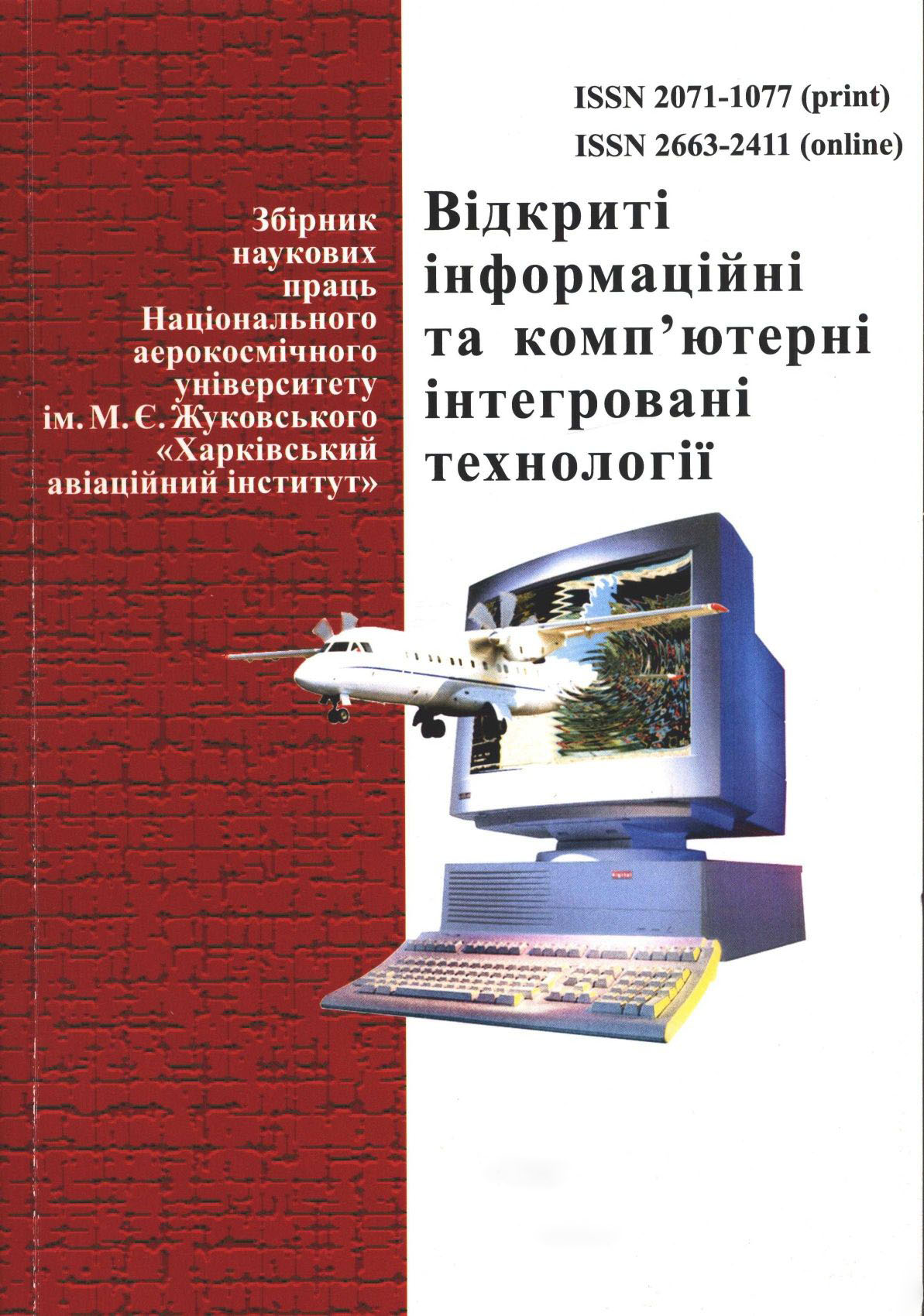Комбіновані технології PVD-методів осадження покриттів: від класифікації до інноваційних рішень

View/
Date
2025Author
Степаненко, Д.Р.
Баранова, Є.О.
Баранов, О.О.
Metadata
Show full item recordAbstract
У статті представлено системний аналіз сучасних методів фізичного осадження з парової фази (PVD), спрямований на вдосконалення технологій нанесення функціональних покриттів для інженерних застосувань. Узагальнено ключові недоліки базових методів – таких як термічне випаровування, катодне та магнетронне розпилення – що обмежують їх ефективність у складних виробничих умовах. Серед основних проблем, що аналізуються: нерівномірне випаровування мішені, низька продуктивність, перегрів мішені, недостатня адгезія покриттів, а також ризик утворення дугових розрядів у плазмі. Для подолання цих обмежень розглянуто сучасні модифікації класичних PVD-процесів, зокрема імпульсне магнетронне розпилення високої потужності (HIPIMS), незбалансоване магнетронне розпилення, іонну імплантацію з осадженням за допомогою плазми (PIIID), а також методи з високочастотним живленням. На основі критичного аналізу сформовано аналітичну схему класифікації методів PVD, яка відображає як структурні особливості підходів до випаровування та розпилення, так і логіку їх еволюції у відповідь на конкретні технологічні виклики. Запропонована схема дозволяє виявити внутрішні зв’язки між традиційними та інноваційними методами та слугує основою для подальшої розробки комбінованих процесів осадження, здатних забезпечити високу якість, щільність, адгезію та зносостійкість покриттів. Схема також підкреслює ключову роль магнітних полів у вдосконаленні процесів розпилення, зокрема у магнетронному та незбалансованому магнетронному режимах, де магнітне обмеження електронів дозволяє досягти високого ступеня іонізації плазми та ефективнішого контролю над енергетикою осаджуваних частинок. Включення імпульсних режимів живлення, як у випадку HIPIMS, забезпечує можливість формування щільних, високоміцних покриттів з покращеною адгезією без необхідності високотемпературного підігріву підкладки. Таким чином, запропонована аналітична схема не лише структурує сучасні технології осадження, але й відкриває можливості для їх стратегічного вдосконалення на основі аналізу фізичних механізмів, що лежать в основі кожного методу. У роботі також акцентовано увагу на необхідності інтеграції різних методів осадження для досягнення синергічного ефекту, зокрема через поєднання методів іонізації, управління плазмою та контрольованого теплового впливу. Отримані результати можуть бути використані як методологічна основа для конструювання нових гібридних систем PVD-осадження в умовах концепції Індустрії 4.0 та адаптивного виробництва. The article presents a systematic analysis of modern physical vapor deposition (PVD) methods, aimed at enhancing coating technologies for functional surfaces in engineering applications. The key limitations of classical techniques—such as thermal evaporation, cathodic sputtering, and magnetron sputtering—are summarized, focusing on the challenges they face under complex production conditions. The main issues discussed include non-uniform target evaporation, low productivity, target overheating, insufficient coating adhesion, and the risk of arc discharge formation in plasma environments. To overcome these drawbacks, contemporary modifications of traditional PVD processes are explored, including High Power Impulse Magnetron Sputtering (HIPIMS), unbalanced magnetron sputtering, Plasma Immersion Ion Implantation and Deposition (PIII&D), and methods utilizing radio-frequency (RF) power supply. Based on critical analysis, an analytical classification scheme of PVD methods is proposed, illustrating both the structural distinctions between evaporation- and sputtering-based approaches and the logical progression of their development in response to specific technological challenges. This scheme reveals internal connections between conventional and innovative methods and serves as a foundation for the further development of hybrid deposition processes capable of ensuring high coating quality, density, adhesion, and wear resistance. It also highlights the crucial role of magnetic fields in enhancing sputtering processes—particularly in magnetron and unbalanced magnetron modes—where magnetic confinement of electrons enables a high degree of plasma ionization and more precise energy control of the deposited particles. The integration of pulsed power regimes, such as HIPIMS, allows the formation of dense, high-strength coatings with improved adhesion without requiring high substrate temperatures. Thus, the proposed analytical scheme not only structures current deposition technologies but also opens up possibilities for their strategic advancement through deeper analysis of the physical mechanisms underlying each method. The study also emphasizes the need to integrate various deposition techniques to achieve synergistic effects, particularly through the combination of ionization strategies, plasma control, and managed thermal input. The findings can serve as a methodological basis for designing new hybrid PVD deposition systems aligned with the principles of Industry 4.0 and adaptive manufacturing.
